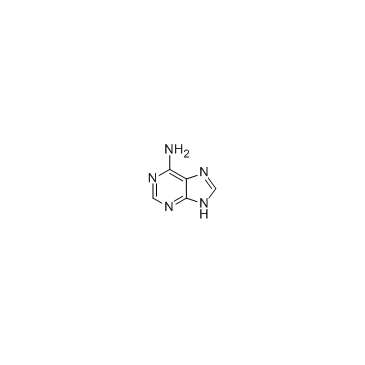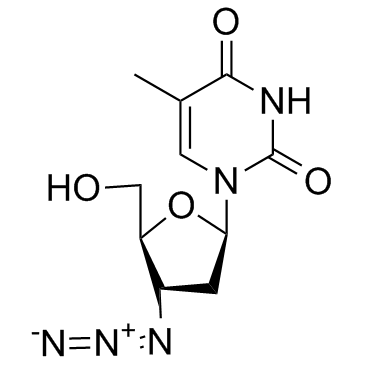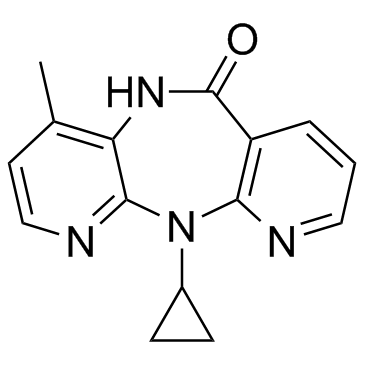Journal of Infectious Diseases
2013-06-15
Nucleoside reverse transcriptase inhibitor resistance mutations associated with first-line stavudine-containing antiretroviral therapy: programmatic implications for countries phasing out stavudine.
Michele W Tang, Soo-Yon Rhee, Silvia Bertagnolio, Nathan Ford, Susan Holmes, Kim C Sigaloff, Raph L Hamers, Tobias F Rinke de Wit, Herve J Fleury, Phyllis J Kanki, Kiat Ruxrungtham, Claudia A Hawkins, Carole L Wallis, Wendy Stevens, Gert U van Zyl, Weerawat Manosuthi, Mina C Hosseinipour, Nicole Ngo-Giang-Huong, Laurent Belec, Martine Peeters, Avelin Aghokeng, Torsak Bunupuradah, Sherri Burda, Patricia Cane, Giulia Cappelli, Charlotte Charpentier, Anoumou Y Dagnra, Alaka K Deshpande, Ziad El-Katib, Susan H Eshleman, Joseph Fokam, Jean-Chrysostome Gody, David Katzenstein, Donato D Koyalta, Johnstone J Kumwenda, Marc Lallemant, Lutgarde Lynen, Vincent C Marconi, Nicolas A Margot, Sandrine Moussa, Thumbi Ndung'u, Phillipe N Nyambi, Catherine Orrell, Jonathan M Schapiro, Rob Schuurman, Sunee Sirivichayakul, Davey Smith, Maria Zolfo, Michael R Jordan, Robert W Shafer
Index: J. Infect. Dis. 207 Suppl 2 , S70-7, (2013)
Full Text: HTML
Abstract
The World Health Organization Antiretroviral Treatment Guidelines recommend phasing-out stavudine because of its risk of long-term toxicity. There are two mutational pathways of stavudine resistance with different implications for zidovudine and tenofovir cross-resistance, the primary candidates for replacing stavudine. However, because resistance testing is rarely available in resource-limited settings, it is critical to identify the cross-resistance patterns associated with first-line stavudine failure.We analyzed HIV-1 resistance mutations following first-line stavudine failure from 35 publications comprising 1,825 individuals. We also assessed the influence of concomitant nevirapine vs. efavirenz, therapy duration, and HIV-1 subtype on the proportions of mutations associated with zidovudine vs. tenofovir cross-resistance.Mutations with preferential zidovudine activity, K65R or K70E, occurred in 5.3% of individuals. Mutations with preferential tenofovir activity, ≥ two thymidine analog mutations (TAMs) or Q151M, occurred in 22% of individuals. Nevirapine increased the risk of TAMs, K65R, and Q151M. Longer therapy increased the risk of TAMs and Q151M but not K65R. Subtype C and CRF01_AE increased the risk of K65R, but only CRF01_AE increased the risk of K65R without Q151M.Regardless of concomitant nevirapine vs. efavirenz, therapy duration, or subtype, tenofovir was more likely than zidovudine to retain antiviral activity following first-line d4T therapy.




